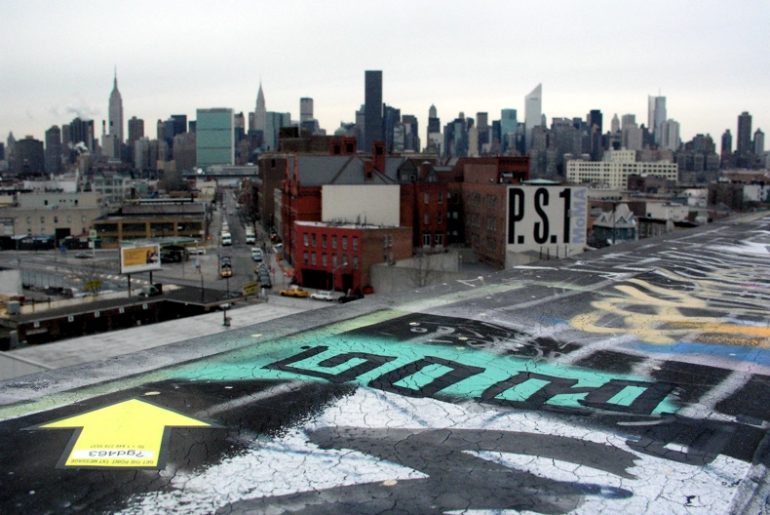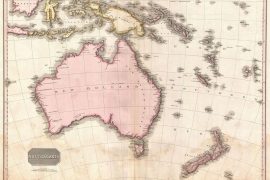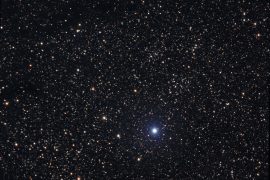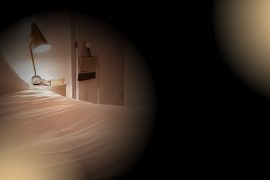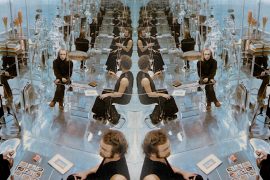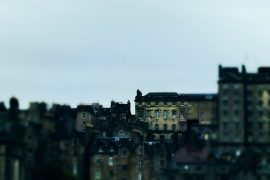As we experiment with and explore ambient literature as part of our project, we remind ourselves that what we are doing is not new. Countless writers, artists, and technologists have imagined and created digital works that respond to place to tell stories. As we examine these early roots of what we are calling ambient literature, we find that they are not definitive. We come across works in adjacent fields, in visual arts, geography, and oral history, that feel as though they are trying to experiment with technology, place, and story in similar ways. Here are just a few works from that might be considered early precursors to some of the ideas we are exploring today and might shape what comes next
[murmur] (2002) was an archival audio project developed by a Toronto-based collective to record stories and memories told by people about specific geographical locations. The stories were mapped onto the urban environment using green ear-shaped street signs displaying a phone number that a participant could call to access the location’s story or to leave their own story. It built up a map of personal stories and revealed the secret, unseen history of the landscape.
34 North 118 West (2002) used GPS tracking and audio accessed by walking to tell the stories of the Freight Depot in downtown Los Angeles. Developed by Jeff Knowlton, Naomi Spellman, and Jeremy Hight, this project connected the location’s past to its present.
Yellow Arrow (2004) by Brian House, Christopher Allen, and Jesse Shapins was an early geospatial work that began as a street art project on Manhattan’s Lower East Side. It predated the ubiquitous use of geo-locative applications on smartphones but was interested in adding a personal layer of story to our understanding of place. Participants were asked to place a coded yellow arrow sticker on a physical location or object in the urban environment. By sending a SMS from their mobile phone to the Yellow Arrow phone number, they tagged a fragment of text to a location. Ranging from poetry and personal stories to calls to action, the participants each left a trace of themselves behind for others to find.
Linked (2003) is artist Graeme Miller’s sound walk rediscovering the empty spaces left behind when 400 houses were demolished to make way for the M11 Link Road in East London. A map is used to explore a three-mile stretch of streets running alongside the motorway and a receiver is used to access twenty transmitters that broadcast voices recalling the memories of people who lived and worked there. These memories are layered over the physical landscape and the invisible is made visible.
Her Long Black Hair (2004) is an audio walk by sound artist Janet Cardiff that guides you using a recorded audio soundtrack to walk through New York’s Central Park and view a series of photographs that you are given to carry with you. These images link the speaker and the listener within their shared physical surroundings of Central Park, shifting between the present, the recent past, and the more distant past.
Serendipitor (2010) by Mark Shepard is an alternative navigation app for the iPhone that helps you find something by looking for something else. A participant is asked to enter an origin and destination and a route is generated between the two. This route can be made more complex or simplified and, as you travel between the two points, suggestions for actions are given, which are designed to disrupt and displace your journey.


